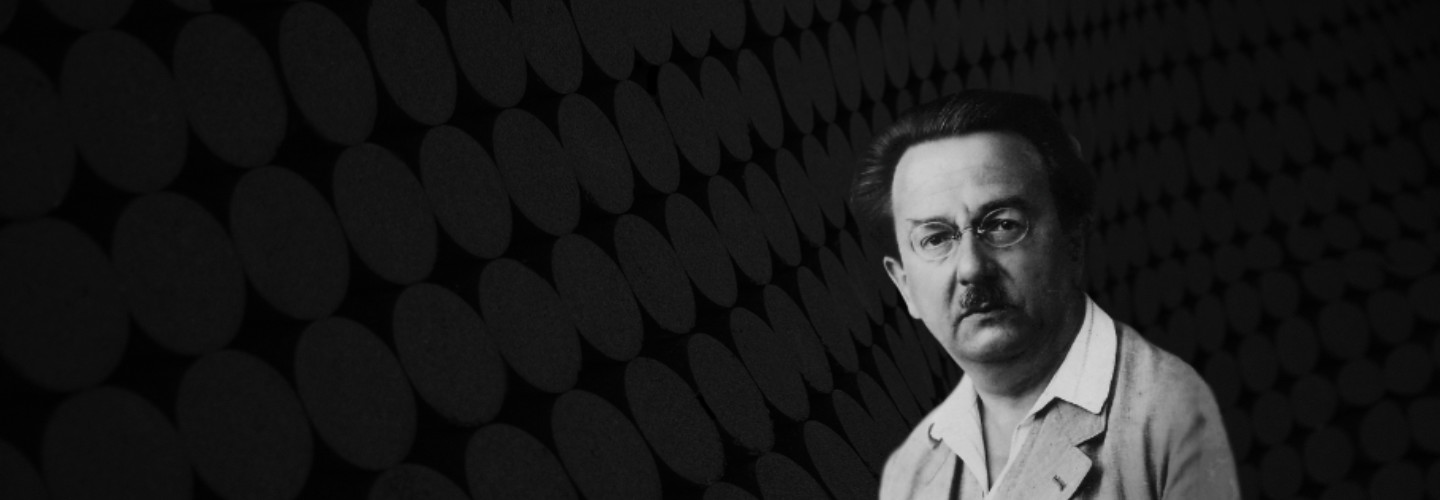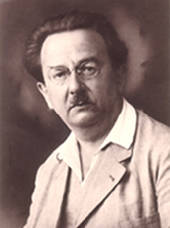

Franz Schmidt
Symphony No. 2
Short instrumentation: 4 3 5 3 - 8 4 3 1 - timp, perc, str
Duration: 56'
Herausgeber: Karl Trötzmüller
Dedication: Franz Schalk gewidmet
Instrumentation details:
piccolo
1st flute
2nd flute
3rd flute (+alto fl)
1st oboe
2nd oboe
cor anglais
clarinet in Eb
1st clarinet in Bb
2nd clarinet in Bb
3rd clarinet in Bb
bass clarinet in Bb
1st bassoon
2nd bassoon
contrabassoon
1st horn in F
2nd horn in F
3rd horn in F
4th horn in F
5th horn in F
6th horn in F
7th horn in F
8th horn in F
1st trumpet in C
2nd trumpet in C
3rd trumpet in C
4th trumpet in C
1st trombone
2nd trombone
3rd trombone
contrabass tuba
timpani
percussion
violin I
violin II
viola
violoncello
double bass
Schmidt - 2. Symphonie for large orchestra
Printed/Digital
Translation, reprints and more

Franz Schmidt
Schmidt: Symphonie Nr.2 Eb major for OrchestraOrchestration: for Orchestra
Type: Partitur
Sample pages
Audio preview
Work introduction
Schmidt worked on his second symphony from 1911 to 1913; it premiered one year later in Vienna under Franz Schalk. Its formal and thematic conception are extraordinary in many ways: a prelude, variations with a scherzo and a coda, held together by a unifying melodic idea. Whereas the first two sections have a quick basis tempo, the finale is marked with the contrasting Langsam.
The use of the variations principle as the determinant structural model for a symphonic movement is not surprising per se, since Schmidt wrote several works of variations (Concertante Variations on a Theme of Beethoven, Variations on a Hussar Song) or variation-like theme alterations.
